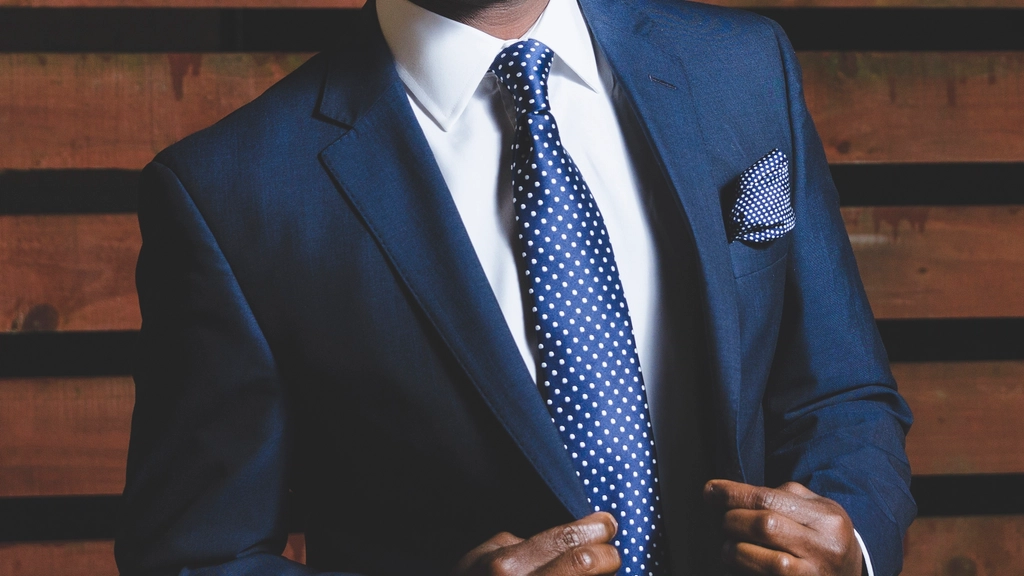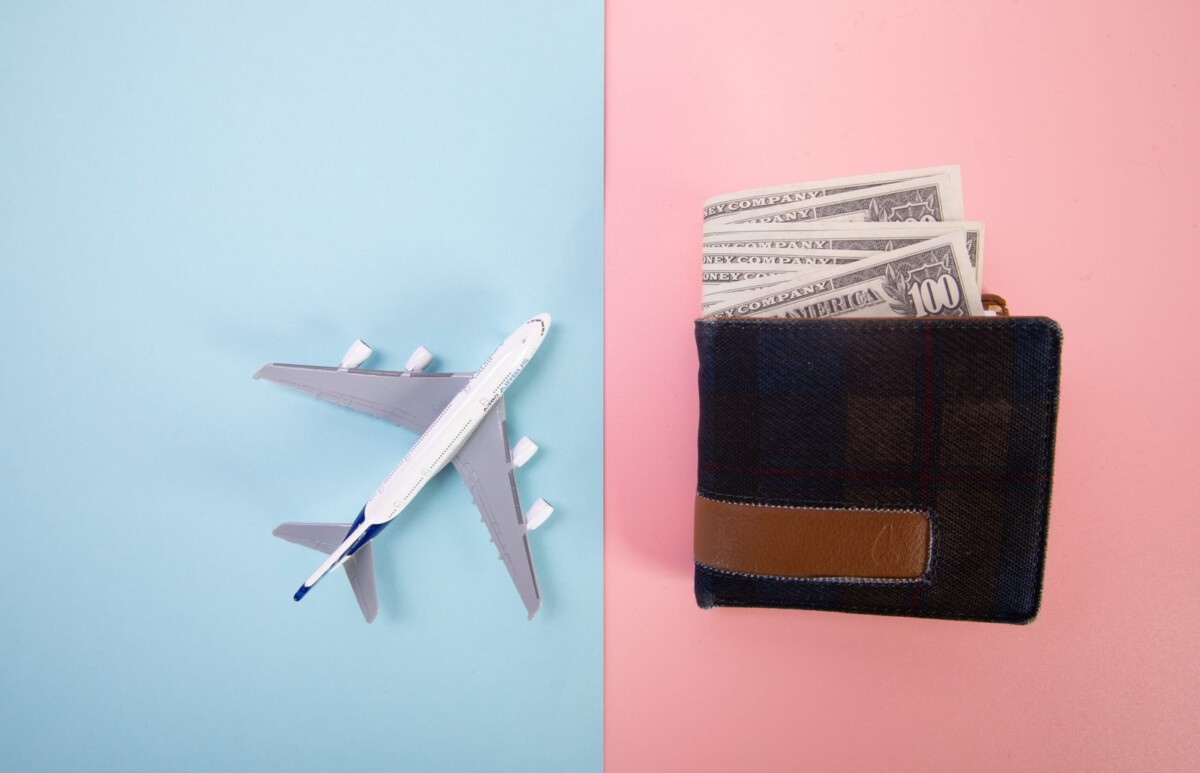A Curious Divide in Fashion Philosophy

Fashion is a universal language, yet it can be spoken with a thousand different dialects. The way people dress often reflects cultural norms, values, and even geography. One intriguing aspect of this global sartorial conversation is a fashion rule that many Americans adhere to, which leaves Europeans scratching their heads in bewilderment. This rule revolves around the concept of “dressing for success” in a way that is distinctly American. While Europeans often emphasize personal style and comfort, Americans have a tendency to lean towards polished, sometimes over-the-top, professional attire, especially in business settings.
The American Obsession with Business Casual

In the United States, the term “business casual” carries a specific connotation. It often means a blend of professional and casual clothing, such as a blazer paired with jeans or khakis. This attire is prevalent in American workplaces and is seen as a way to maintain professionalism while being somewhat relaxed. However, this particular style can appear overly formal to many Europeans, who may prefer more relaxed and casual attire even in business environments. The American focus on business casual stems from a cultural emphasis on ambition and professionalism, which is not as pronounced in European work cultures.
Formality Versus Functionality

One key difference between American and European fashion sensibilities is the balance between formality and functionality. In the U.S., dressing well is often associated with success and capability. This belief extends beyond the workplace and into social settings, where Americans might dress up for events that Europeans would consider informal. For example, attending a casual dinner party in America might involve wearing a collared shirt and nice shoes, whereas a European might opt for something more laid-back. This difference highlights the American tendency to prioritize appearance as a reflection of success, a notion less emphasized across the pond.
The Power of the Suit

For many Americans, a suit is the ultimate symbol of professionalism and success. It’s not uncommon to see suits worn in various settings, from the boardroom to weddings. The perception is that a suit commands respect and conveys authority. In contrast, Europeans often reserve suits for more formal occasions, opting instead for stylish separates or smart-casual attire. This divergence in how and when to wear suits underscores a broader cultural difference in how success and professionalism are visually communicated.
Casual Fridays: A Transatlantic Mystery

The concept of “Casual Fridays” is another American fashion rule that leaves Europeans perplexed. In many U.S. offices, employees are allowed to dress more casually on Fridays, a practice that is seen as a perk. This might mean swapping dress shoes for sneakers or wearing a more relaxed shirt. Europeans, however, often find this practice unnecessary, as their work attire is already more relaxed throughout the week. The notion of needing a specific day to dress down highlights the structured approach Americans take towards workwear, which contrasts with the more fluid European style.
The Role of Sneakers in Professional Settings

Sneakers have become a staple in American fashion, transcending their athletic origins to become acceptable in many professional settings. It’s not unusual for Americans to pair sneakers with business attire, especially in tech and creative industries. This trend is less common in Europe, where sneakers are typically reserved for casual occasions or sports. The American embrace of sneakers in professional environments is indicative of a broader trend towards comfort and practicality, reflecting changing attitudes towards workwear.
Wardrobe Minimalism Versus Expression

Europeans often favor a minimalist approach to fashion, focusing on quality over quantity and classic pieces that can be worn in various ways. In contrast, Americans might have a more extensive wardrobe with a range of styles for different occasions. This difference can be attributed to varying cultural attitudes towards consumerism and self-expression. While Europeans might invest in a few high-quality items that stand the test of time, Americans are more likely to experiment with trends and update their wardrobes regularly.
Weather-Driven Fashion Choices

Geography plays a significant role in fashion choices, influencing how people dress based on the climate. In America, where the weather can range from extreme cold to intense heat, dressing appropriately often means layering and having a versatile wardrobe. Europeans, facing milder and more stable climates, may not feel the need to adhere to such practical considerations in their fashion choices. This difference can lead to the perception that Americans are more rigid in their clothing choices, driven by necessity rather than style.
Accessorizing: Subtlety Versus Statement

When it comes to accessories, Americans often prefer bold statement pieces that stand out, while Europeans lean towards subtlety and understatement. This difference is evident in everything from jewelry to handbags. The American penchant for eye-catching accessories can be seen as an extension of the desire to make an impression and stand out, a theme that runs throughout American fashion philosophy. Europeans, on the other hand, may prioritize harmony and balance in their outfits, opting for accessories that complement rather than dominate.
Color Preferences and Cultural Influences

Color preferences in fashion can also differ significantly between Americans and Europeans. In the U.S., bold and vibrant colors are often embraced, reflecting a culture that values individuality and expression. Europeans, however, might favor more muted or neutral tones, which align with a more understated approach to fashion. These preferences can be traced back to cultural influences and historical trends, shaping how color is perceived and used in fashion across different continents.




